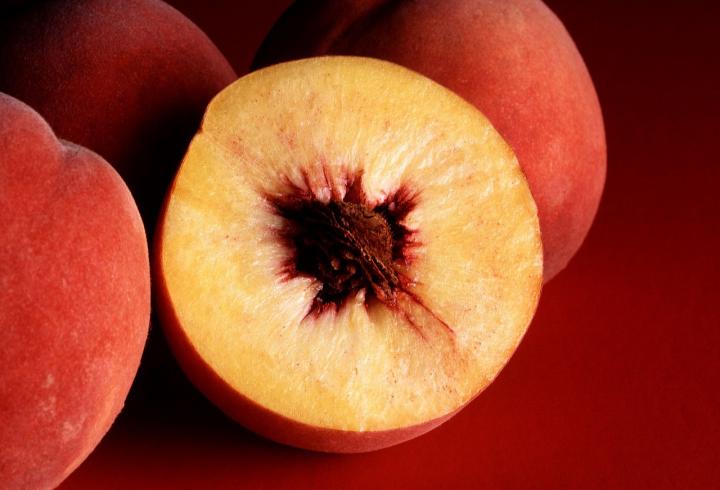Growing your own stone fruit trees is easier than you might think. Here’s what you need to know to get started!
What is a Stone Fruit?
Peaches, apricots, nectarines, plums, and cherries are classified as stone fruit because of the single pit (stony seed) within their sweet, fleshy fruit. They are easy-care trees that require less pruning than apples or pears. Most are hardy to Zone 5, and some varieties to Zone 4. Many folks love to grow them as accent pieces due to their lovely flowers and delicious fruit.
Growing Stone Fruit Trees
Spring is a good time to plant fruit trees, but choose your location wisely. Select a site that receives sunlight for most of the day. (When planted in shade or too close to a building, trees may not produce as much fruit.) They will do equally well in lawns or a tilled garden area.
When buying your tree, ask about the characteristics of the rootstock, including hardiness, size, growth habit, soil requirements, disease resistance, and chill hours.
Peaches and most apricots and nectarines are self-pollinating, as are many varieties of plums and cherries, so a bountiful crop of fruit is possible even if you only have room for just one tree.
Gorgeous spring flowers and attractive foliage qualify any of the stone fruit as an ornamental for the landscape, and since most stone fruit can be bought as both standard and dwarf trees, one can usually be found to fit almost any spot. Some dwarfs do very well in containers.

Peaches and Nectarines
Peaches and nectarines are the same fruit and share the same scientific name, Prunus persica. Their only difference lies in one gene that controls the fuzz. Whether you enjoy them fuzzy or clean-shaven, you will agree that there is nothing like the taste and aroma of these fruit eaten straight from the tree.
See our Peach Tree Growing Guide for more information.

Apricots
Freshly picked apricots are fragile, so almost all commercially grown fruit is dried, canned, or frozen for shipping. Growing your own, however, will ensure a plentiful supply for fresh eating. Apricots have a rich, peachy flavor with hints of citrus and spice.

Plums
Most plums fall into one of two categories: European and Japanese. European plums, also known as prune plums, tend to be smaller and sweeter and dry easily. Japanese varieties are larger and juicier but are not as cold-hardy. European plums are self-pollinating, while Japanese plums must be grown with a second Japanese variety in order to set fruit.
See our Plum Tree Growing Guide for more information.

Cherries
Sour or pie cherries are self-pollinating. Most sweet cherries aren’t, with a few exceptions, including ‘Stella’ and a cold-hardy Canadian cultivar named ‘Lapins’. Be sure to cover your crop with garden netting to deter hungry birds.
See our Cherry Tree Growing Guide for more information.
Stone fruits are not only delicious when eaten out of hand, but they are also wonderful for cooking. Serve them grilled, baked, roasted, or poached in wine. They make flavorful fillings for pies and tarts and are a colorful addition to salads and cold soups.
What’s your favorite stone fruit? Let us know in the comments!
